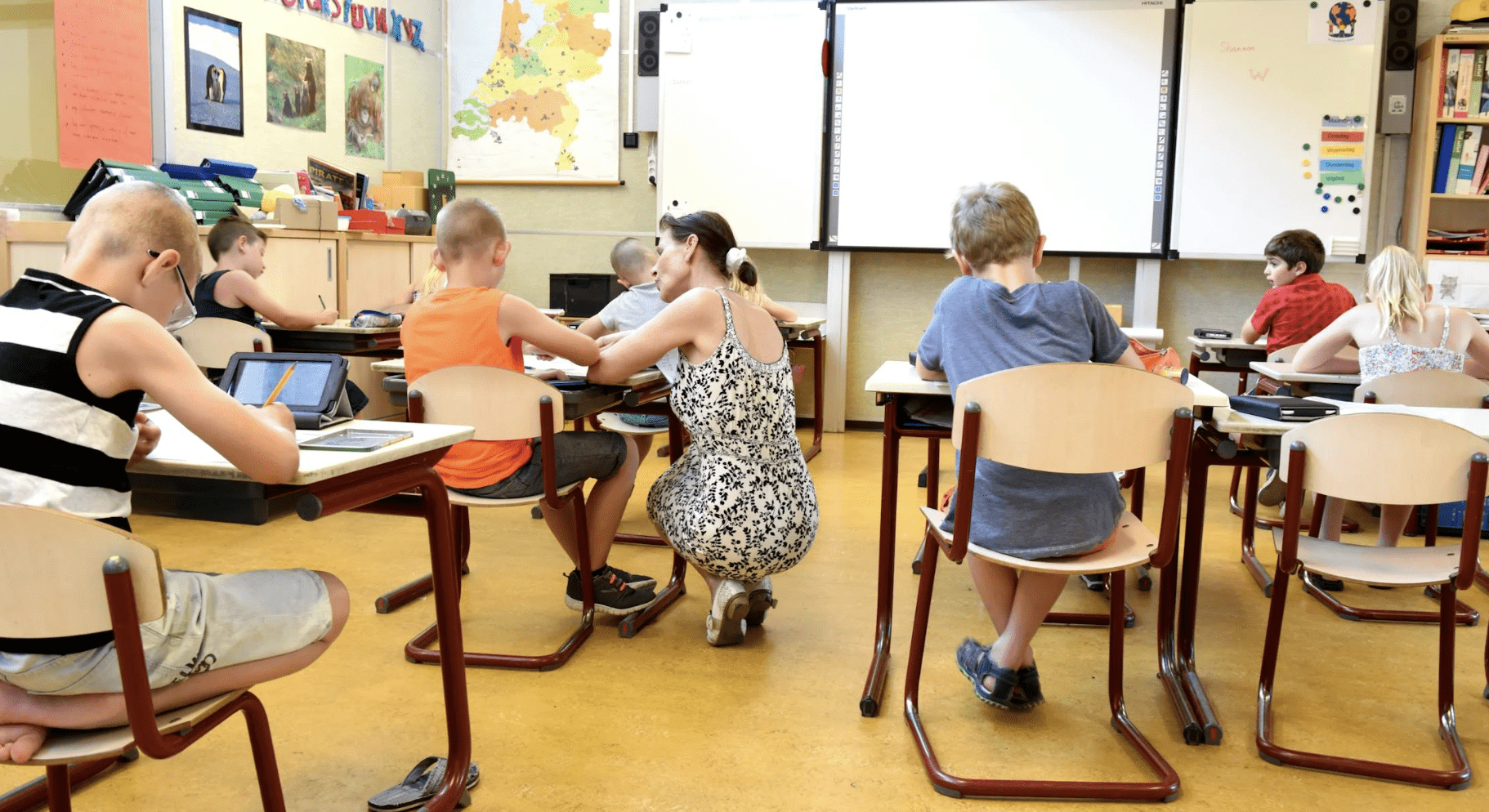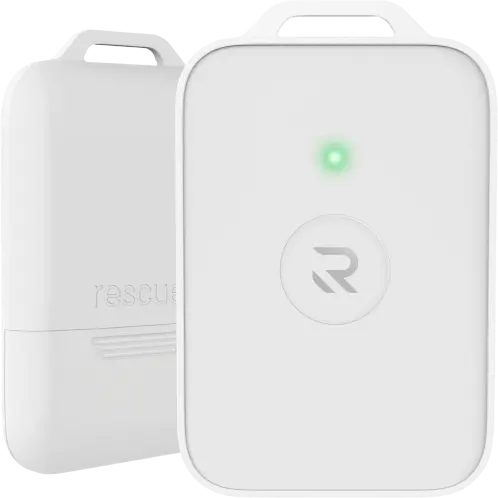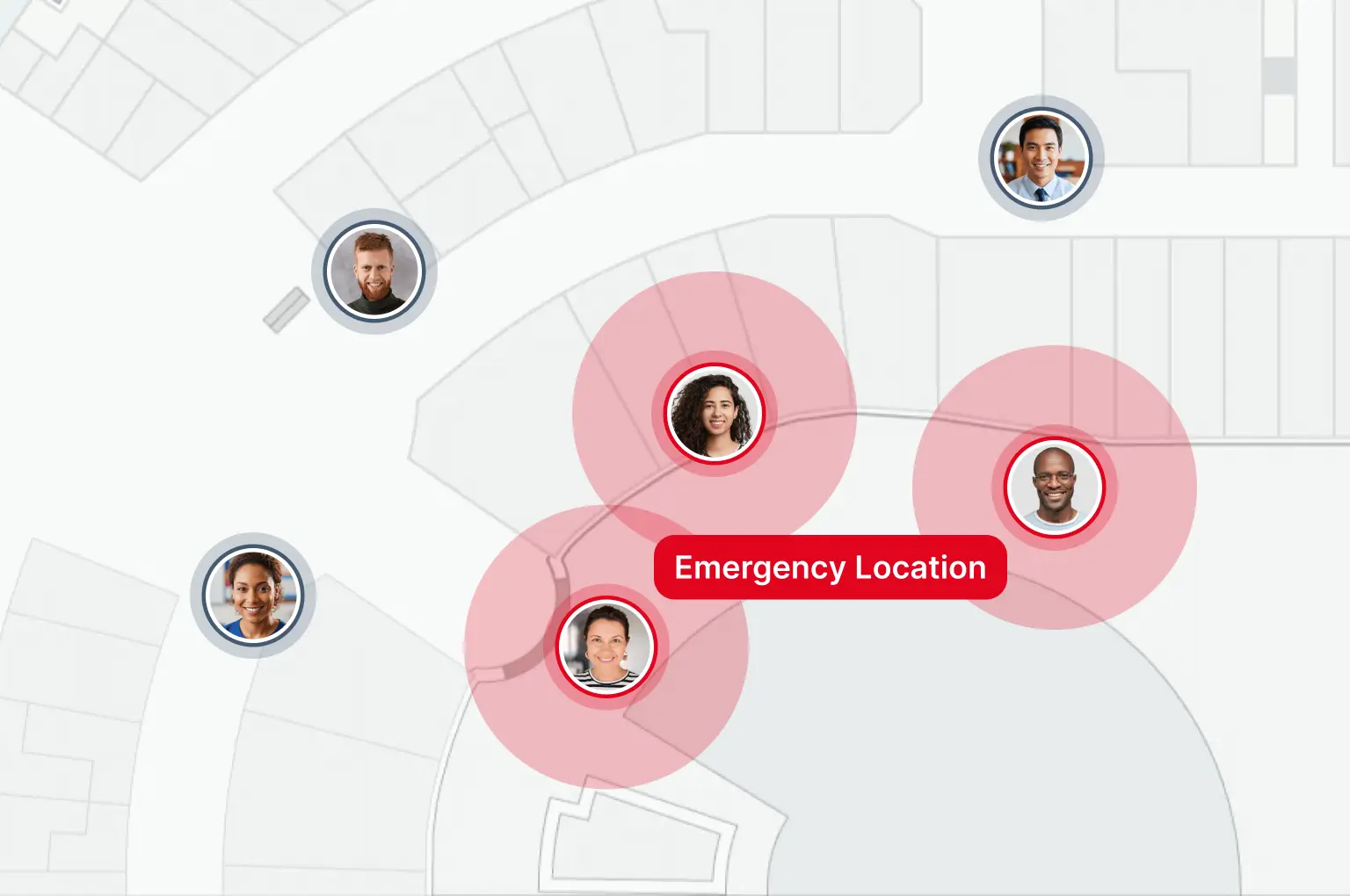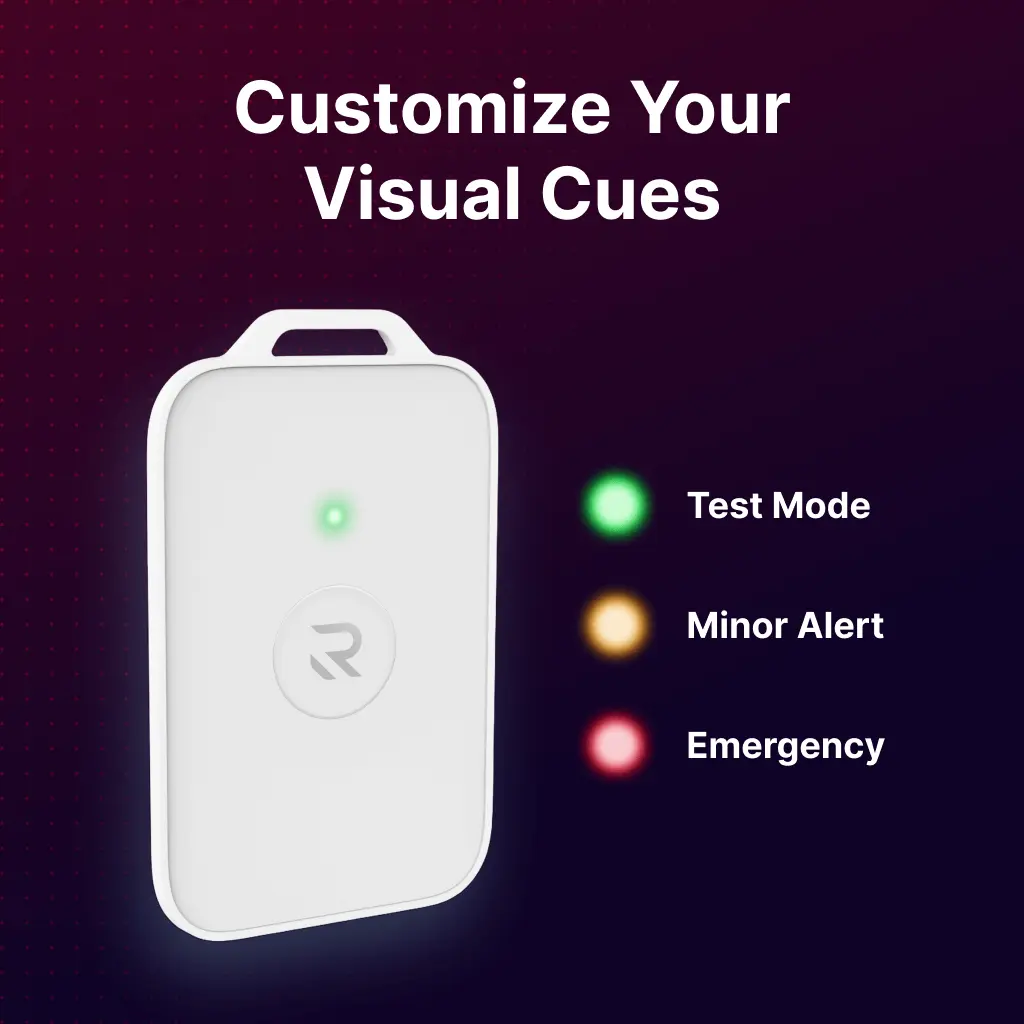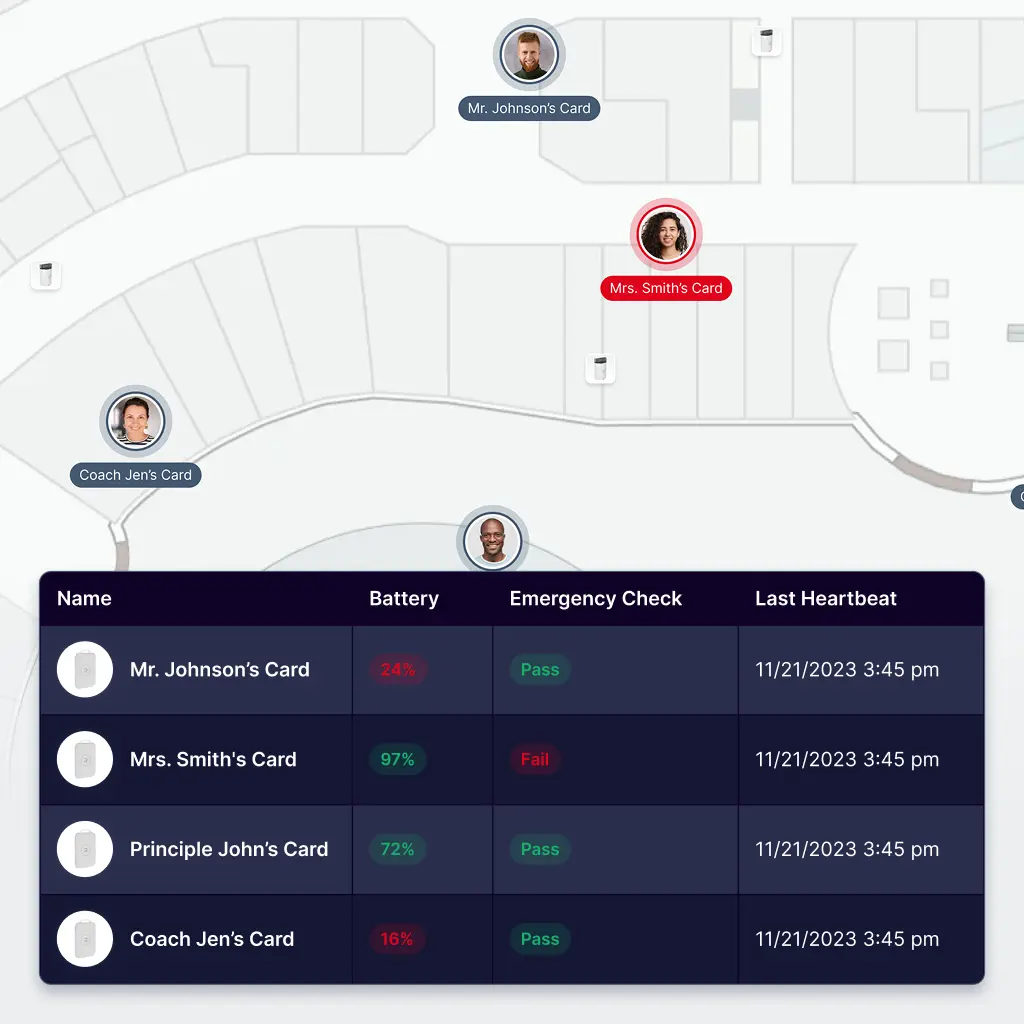In today’s educational landscape, the safety of students and staff is paramount. With a variety of threats ranging from natural disasters to human-caused emergencies, it’s essential for schools to have a detailed emergency response plan in place. Such a plan not only outlines the steps to take during various incidents but also integrates cutting-edge solutions like Rescue, a wearable panic button system, to enhance overall safety and response times. This blog walks you through the steps of putting together a comprehensive emergency response plan tailored for schools.
Understanding the Need for Comprehensive Planning
The first step in emergency planning is recognizing the array of potential threats schools face, including natural disasters, medical emergencies, intruders, and cyber attacks. A comprehensive plan addresses these diverse scenarios, ensuring that staff and students are prepared for any eventuality.
Assessment and Collaboration
Begin by conducting a thorough risk assessment of your school’s vulnerability to various emergencies. Collaboration with local law enforcement, fire departments, and medical personnel is crucial. These partnerships can provide valuable insights into potential threats and response strategies.
Developing the Plan
A detailed school emergency response plan should include the following key components:
- Emergency Response Teams: Identify and train staff members who will take on leadership roles during emergencies. These teams should have clear responsibilities and regular training.
- Communication Systems: Establish reliable communication channels to alert students, staff, and parents about emergencies and ongoing updates. Include protocols for using social media and local news outlets.
- Evacuation and Lockdown Procedures: Clearly outline procedures for evacuation and lockdowns, including designated safe areas and routes. Regular drills should be conducted to ensure everyone is familiar with these procedures.
- Medical Response: Include plans for handling medical emergencies, such as injuries or health crises. Designate first aid stations and ensure selected staff members are trained in basic first aid and CPR.
- Reunification Procedures: Develop a method for safely reuniting students with their families after an emergency. This should include secure locations and a process for verifying guardianship.
Incorporating Rescue into Your Emergency Plan
Integrating Rescue, a wearable panic button system, into your school’s emergency response plan offers several advantages:
- Immediate Alert System: Rescue devices enable teachers and staff to instantly alert emergency responders and designated school safety officials during an incident, dramatically reducing response times.
- Location Tracking: With built-in GPS functionality, Rescue helps first responders quickly locate the emergency, crucial in large school campuses or in situations where the responder is not familiar with the school layout.
- Versatility: Rescue can be used in a variety of emergency situations, from medical crises to security threats, making it a versatile tool in enhancing school safety.
Training and Drills
With the plan in place, including the integration of Rescue devices, training becomes the next critical step. Regular drills simulating different emergency scenarios are essential. These drills should incorporate the use of Rescue devices, ensuring that all staff members are comfortable and proficient in their use.
Review and Improvement
Emergency response plans are living documents that require regular reviews and updates. Solicit feedback from staff, students, parents, and emergency responders after drills and actual incidents. Use this feedback to refine and improve the plan, ensuring it remains effective and relevant.
Conclusion
Creating a detailed school emergency response plan is a complex but vital task. By incorporating advanced safety technologies like Rescue, schools can significantly enhance their preparedness and response capabilities. Remember, the ultimate goal of any emergency plan is to protect the well-being of students and staff, ensuring a safe and secure learning environment for all.
For schools looking to enhance their emergency response plans with the latest in safety technology, consider incorporating Rescue into your strategy. Contact our team for more information on how Rescue can help safeguard your school community.
